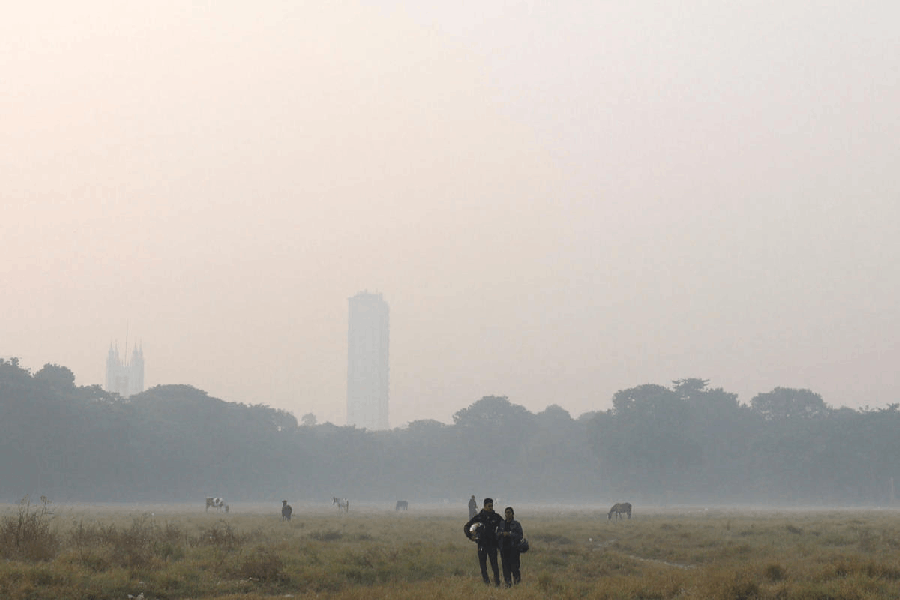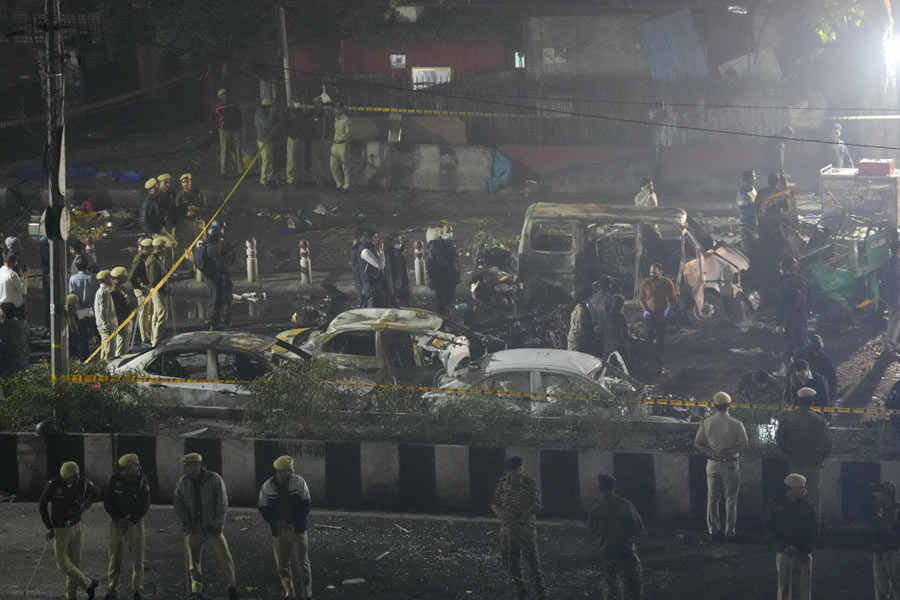 |
Monday night and Tuesday morning were the wettest in Patna in the past 10 years. The rain gauge at the meteorological station at Anisabad on Tuesday morning recorded 150mm precipitation during the past 24 hours.
The rain receded later in the day. The weather system that had caused it has weakened. Clouds sped away from the skies over the city by Tuesday afternoon. Rain is expected to return only after seven to 10 days. (See graphic)
Residents and civic officials heaved a sigh of relief as the rain staged a quick retreat because the infamous low-lying areas are already reeling from the siege of waterlogging. Streets in Kankerbagh, Lohanipur and Patliputra were under three to four feet of water on Tuesday morning.
Neha Srivastava, a resident of Gola Road, said: “Though it was raining on Monday evening, we could go out of our homes. But the situation changed drastically this morning (Tuesday). There is knee-high water on the streets. So, we are stuck indoors. I did not send my four-year-old daughter to school.”
In the central and western parts of the city, most roads were waterlogged. Commuters and school students had a tough time wading through the mud and slush.
Water gushed into several houses in the northern and eastern parts of Patna. Already battling the flood-like situation, the district administration found itself under pressure after the heavy spell of rain. “Water has entered most houses beyond the flood protection wall. The rain has worsened the problem,” said a district administration officer.
Flood response teams are keeping a close watch on the embankments and the ghats. Teams of national and state disaster response have also increased their patrolling of the Ganga banks.
The swollen river has forced the authorities to close most drains in the city. As a result, there is no outlet for the water accumulating on the roads. Even those areas, which were not affected by the flood, were flooded after the overnight downpour.
Ravindra Kumar Verma, chief engineer, Patna Municipal Corporation, said: “As the big drains have been sealed off, we are unable to discharge the water from the streets into the river. However, pumping stations of Bihar Rajya Jal Parishad are flushing the water out.”
He added that the water would be drained out within the next 24 hours.
Asked if draining the rainwater into the Ganga could worsen the flood situation, experts said it would not. “The flow of water in the Ganga must be over 50,000 cubic metres per second. The discharge from the pumping stations is too low to cause any significant rise in the water level. All riverside cities face the same situation and the water level is hardly affected by the discharge from the drainage network,” said Biswajit Chakravorty, head, Centre for Flood Management Studies at National Institute of Hydrology, Patna.
There is also some hope on the horizon. A senior officer of the Central Water Commission said: “Though the level of water in the Ganga has been receding by 5cm, 4cm and 3cm on an average at Buxar, Allahabad and Varanasi, respectively, it has remained static along Patna over the past 48 hours because of the heavy showers. Now that the rain has stopped, we expect the water level in the Ganga along the city to recede by 10cm over the next 24 hours.”











